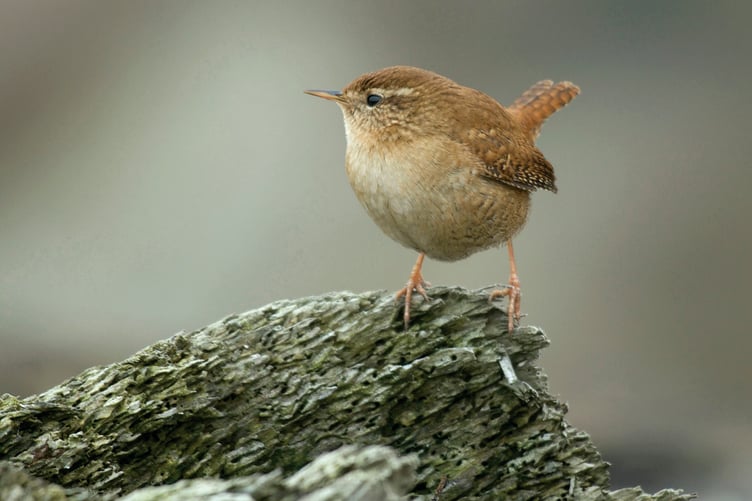THE world’s largest garden wildlife survey returns this weekend, when hundreds of thousands of people will be watching and counting the UK’s garden birds
They will be taking part in the 44th Big Garden Birdwatch, the annual event run by the RSPB (Royal Society for the Protection of Birds). It provides a valuable snapshot of how garden birds are doing in the UK.
Since it started in 1979, 172 million birds have been counted and nearly 11 million hours have been spent watching garden birds. Nearly 700,000 people took part in 2022, counting 11 million birds. In Surrey, over 19,000 people joined in.
To take part in the Big Garden Birdwatch 2023, just spend an hour of your time at some point over Saturday or Sunday, watching and counting the birds you see from your garden, balcony or local park.
Don’t worry if you can’t tell a blackbird from a starling. If you sign up online to take part, you can download a free Big Garden Birdwatch guide that includes a bird identification chart.
Only count the birds that land, not those flying over. Record the highest number of each bird species you see at any one time, not the total you see in the hour. This ensures that a friendly robin that makes many visits to your patch is counted as one bird, not several. You can submit your results online or by post.
If you are really keen, you can do more than one birdwatch over the weekend, but each must be from a different location, as it can only accept one report per person per location. Each birdwatch location should be documented when you report your results.
Some of my friends have commented that winter seems the wrong time for the Birdwatch, because fewer of our feathered friends seem to visit gardens than in spring and summer, and the species mix is different. The RSPB’s reply is that winter is when garden birds need us most.
If it’s really cold, it’s likely more birds will come into our gardens looking for shelter and food, which makes it easier to count them. Because the Birdwatch takes place at the same time every year, the RSPB can look back over the years to see what has changed.

The society’s chief executive, Beccy Speight, said: “The birds we see in our gardens, from our balconies, and in our parks, are a lively, colourful and endlessly fascinating part of all our lives, offering a real connection to the natural world.
“Those who take part in the Birdwatch play an important role in helping the RSPB understand how UK birds are doing. With birds facing many challenges due to the nature and climate emergency, every count matters.”
For a free Big Garden Birdwatch guide, which includes a bird identification chart, tips for your birdwatch, an RSPB shop voucher, and advice on attracting wildlife to your garden, visit www.rspb.org.uk/birdwatch or text BIRD to 70030.





Comments
This article has no comments yet. Be the first to leave a comment.